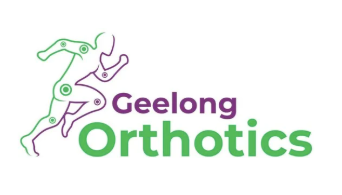What to Expect at Your Child’s Orthotics Appointment
- Geelong Orthotics
- Nov 18
- 2 min read

At Geelong Orthotics, we understand that bringing your child in for an orthotics appointment, especially after an injury or during a growth phase, can feel overwhelming. Whether your child needs support for walking, recovery from an acute injury, or long-term management of a neurological condition, we’re here to guide you through the process with care and clarity.
Step 1: Understanding the Reason for Referral
Children are referred to us for a variety of reasons, including:
• Flat feet or abnormal gait (walking pattern)
• Frequent tripping or toe walking
• Recovery from fractures or sprains
• Neurological conditions (e.g. cerebral palsy)
• Pain in the feet, knees, hips, or lower back
We begin by reviewing any referral notes, imaging, or reports from your GP, paediatrician, or physiotherapist to understand your child’s needs.
Step 2: Clinical Assessment
Our orthotist will perform a comprehensive, age-appropriate assessment that may include:
• Gait analysis: Observing how your child walks, runs, and stands
• Joint range of motion: Checking flexibility and alignment
• Muscle tone and strength: Especially important for neurological conditions
• Footwear review: Looking at current shoes for wear patterns and fit
We make sure your child feels safe and comfortable throughout the process.
Step 3: Discussing Orthotic Options
Depending on your child’s needs, we may recommend:
• Foot Orthoses (FOs): Custom insoles to support foot posture and reduce pain
• Ankle-Foot Orthoses (AFOs): Braces that support the ankle and foot, often used for neurological or post-injury support
• Protective or stabilising devices: For short-term use after acute injuries
We’ll explain how each device works, how it’s made, and how it fits into your child’s daily life whether that’s school, sport, or play.
Step 4: Casting or Same-Day Fitting
For custom devices, we use:
• Plaster or fibreglass casting for AFOs and some FOs.
• Same-day fitting may be available for acute injuries such as fractures or sporting
injuries, using prefabricated modified devices.
This ensures a precise fit tailored to your child’s anatomy and movement needs.
Step 5: Fitting and Follow-Up
Once the device is ready (usually within 1–3 weeks for custom orthoses), we’ll schedule a fitting appointment. In some cases, fitting may occur on the same day. We’ll:
• Check the fit and comfort
• Make any necessary adjustments
• Provide guidance on wear-in schedules and care
Follow-up reviews are important, especially as children grow or recover. We’ll monitor progress and update the device as needed.
Our Approach
We take a whole-body, child-centered approach, working closely with families, schools, and healthcare providers to ensure the best outcomes. Whether your child needs short-term support or long-term management, we’re here to help every step of the way.




Comments